[@]Our Guide to Salford’s Best Museums and Attractions
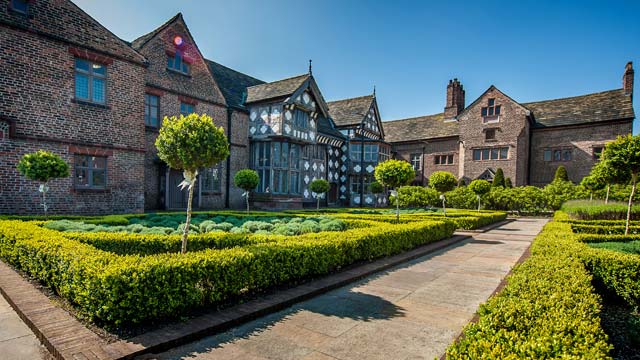
Published: Guide No.17 - April '22
Ordsall Hall
Ordsall Hall is possibly Salford’s oldest building with parts of it dating back to the 13th Century and it was the family seat of the Radclyffe family.
During the 1340s Sir John Radclyffe distinguished himself while campaigning with Edward III in France. As a reward Sir John was allowed to take some Flemish weavers back to his estate who taught local craftsman to improve their weaving skills.
Those skilled craftsmen also introduced Silk weaving to Manchester, foreshadowing Salford’s Industrial Revolution manufacturing.
The impressive Tudor mansion that you see today was constructed in the 16th century when Sir Alexander Radcyffe was appointed High Sheriff of Lancashire.
He was a Royalist and during the English Civil War was imprisoned and suffered financial hardship. This led his son John to sell the hall in 1662, thus ending 300 years of the family’s occupation.
The next 250 years saw the fortunes of this once great mansion falter. Sold several times, used a cowshed and butchery and even a working men’s club during the Industrial Revolution.
Fortune smiled again on the Hall in 1896 when Earl Egerton of Tatton bought the building and restored it.
Finally, it was acquired by the Salford Corporation in 1959 and in 1972 was opened to the public as a period house and local history museum.
You wil be ‘wowed’ by its Great Hall, view the kitchen, ready for a great wedding feast for Sir John and Lady Ann in 1572, explore the rooms and galleries with their exhibits and discover the long history of the hall in an interactive exhibition in the Frederic Shield Gallery.
A visit to Ordsall Hall and its styled gardens is a wonderful experience.
The Salford Museum and Art Gallery
The Salford Museum and Art Gallery, next to Peel Park, is home to a wealth of Salford’s history, art and its manufacturing past.
Visit Lark Hill a recreated Victorian street full of surprises and actual shop fronts rescued from the 1950s slum clearances.
The LifeTimes Gallery tells Salford’s story, over the last 200 years, focusing on real people and events; and you can be dazzled by the gallery’s world-famous collection of Pilkington pottery that was famed for its’ Art Nouveau creations.
The Victorian gallery celebrates paintings, decorative and fine art from, and is hung to replicate, that era.
The gallery supports local artists and ‘By Hand’ was established to showcase that local talent, designers and makers.
These skilled artists are creating affordable and high-quality pieces available to buy in the gallery shops.
Salford Quays
The Salford Quays are full of contemporary architecture, with the Lowry Theatre or across the water the imposing Imperial War Museum; when dark falls the whole area looks like a massive Christmas tree.
Visitors should explore the Salford Quays Heritage Trail of sculptures scattered around the waterways and quays. The art animates the rich industrial history and it tells the stories of the men and women who lived and work on the docks.
Imperial War Museum (North)
The multi-award winning purpose built IWM North brings the national collection to the quayside and draws visitors from across the globe, not just northern audiences.
Designed by world renowned architect Daniel Libeskind to represent a globe shattered by conflict, the iconic building, innovative and dynamic exhibitions.
The use of digital media through hourly Big Picture Shows and public events explore how war shapes lives and encourages debate.
In 2018 it hosted the ‘Wave’ - ‘Blood Swept Lands and Seas of Red’, by artist Paul Cummins, and installation designed by Tom Piper.
Pictured above this massive display was originally exhibited at the HM Tower of London where 888,246 poppies were displayed, one for every British or Colonial life lost at the Front during the First World War.
Open daily from 10am to 5pm (last entry 30 minutes before closing) with free admission.
IWM North is easily accessible via the Metrolink. Take the Eccles line to MediaCityUK and walk across the footbridge to reach the museum or use the Trafford Centre service to IWM.
The Lowry
The Lowry is a large arts and entertainment venue based in Salford, housing two galleries, three theatres, and a bar and restaurant called Pier Eight.
Named after the Salford artist L.S. Lowry, the building is home to the world’s largest collection of his works with a huge gallery of his works. It is also worth watching the short film about his life and work.
The Lowry’s second gallery is used to create exciting new exhibitions from contemporary artists.
The three theatres present productions of all sizes including dance, drama, musicals, circus, opera, music, comedy and family shows.
Pier Eight, the bar and restaurant, serves two modern British menus including a casual dining bar menu and formal menu within its restaurant.
Sport is synonymous to the area with The Quays being home to Salford Watersports Centre, and it is closely bordered by Manchester United Football Club and Old Trafford Cricket Ground which is regularly host to open air concerts, both are in Trafford.
MediaCityUK
It is fair to say that the Quay’s Plan really began to have local impact when the Lowry Theatre was opened on Pier 8 in 2000.
Twenty-two years later the Quays are now an important part of Greater Manchester; and the revived docks are home to residents and used for sailing, watersports and recreation.
MediaCityUK, built upon the banks of the Manchester Ship Canal is home to the likes of the BBC, BBC Radio, ITV, Ericsson, Studio Dock10 and Kellogg’s, and is further complemented by over 250 media and digital businesses all delivering specialist content and services.
It’s also a host to a wide variety of leisure activities, whilst being an international hub for technology, innovation and creativity.
The BBC’s move to MediaCityUK in 2011 was one of the most ambitious projects in the history of the BBC and created a new centre of excellence outside London for production, technology development, training and digital media.
With around 3,200 staff working in 26 departments including CBBC/CBeebies, BBC Learning, BBC Radio 5 live, BBC Sport, BBC Radio Manchester and BBC Breakfast, thousands of hours of content for television, radio and online are produced from here.
Occupying three buildings at MediaCityUK - Quay House, Bridge House and Dock House. Each of these impressive buildings houses a host of departments covering the wide spectrum of content the BBC produces for television, radio and the BBC Worldwide extensive catalogue.
Alongside the BBC buildings is the main studio block known as Dock10. Although this is not a BBC building, a great deal of BBC’s output from MediaCityUK is filmed or broadcast from these vast studios.
The BBC was offering regular tours of their Oxford Rd studios and when they moved to Salford, of course the public were eager to see inside.
Believe it or not, the first BBC radio broadcast was way back in 1922 and the first regular BBC television broadcasts started in 1936. Back then, Salford Quays was a very different place and being used for a different purpose.
Who could have envisaged how the world of industry would change and advancements in technology would drastically alter the way we live our lives.
In an ever-changing digital world, not only has the BBC kept up with technology, but it has become a driving, inventive force, looking to the future.
The impressive new facilities at MediaCityUK reflect this and will allow the BBC to continue being the pioneering force it is within the broadcast industry.
The Quays are only a 10 minute tram ride from Manchester’s city centre.
Website - visitsalford.info
Here you can find out more about the city and regaion of Salford, find useful guides and download free trail maps to explore.
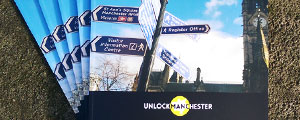
Read Our Guides
Unlock Manchester visitor guides are available in hotels and magazine racks across the city. You can also read them for FREE online at issuu.com

What's On in Manchester?
Cinema, Theatre, Music and Events: find out what’s on in Manchester today, this week and coming soon with our FREE listings
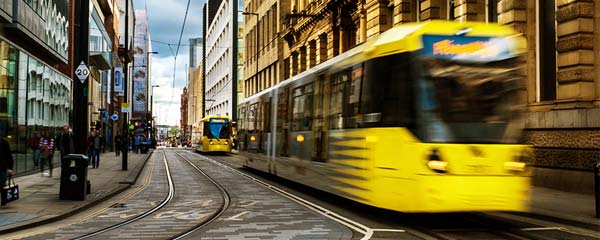
Manchester Transport Services
Buses, Trams, Trains and Private Hire Taxis: Manchester has a solution for you to get where you need to be.
Manchester a City of ‘Quarters’
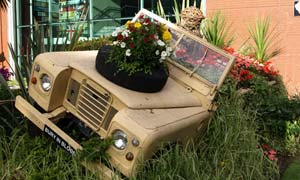
Bury
Only 30 minutes by Tram from the City Centre, Bury and its attractions make a good day trip
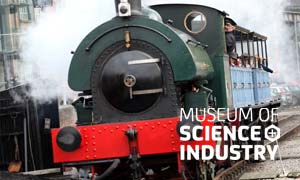
Castlefield
Nestled between the Irwell and Medloack rivers Castlefield is where the Romans established 'Mamucium'. Experience the old and modern and explore its attractions
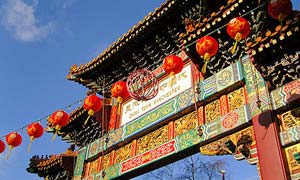
China Town
China Town, a stone's throw from Piccadilly Gardens, offers restaurants, specialist supermarkets and entertainment all in one space
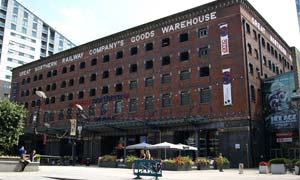
Deansgate
Connecting most parts of the city, this mile-long road is worth a stroll along and offers some great shops and places to eat
Read About All Manchester‘s Quarters
@UNLOCKMCR
Join our Mailing List